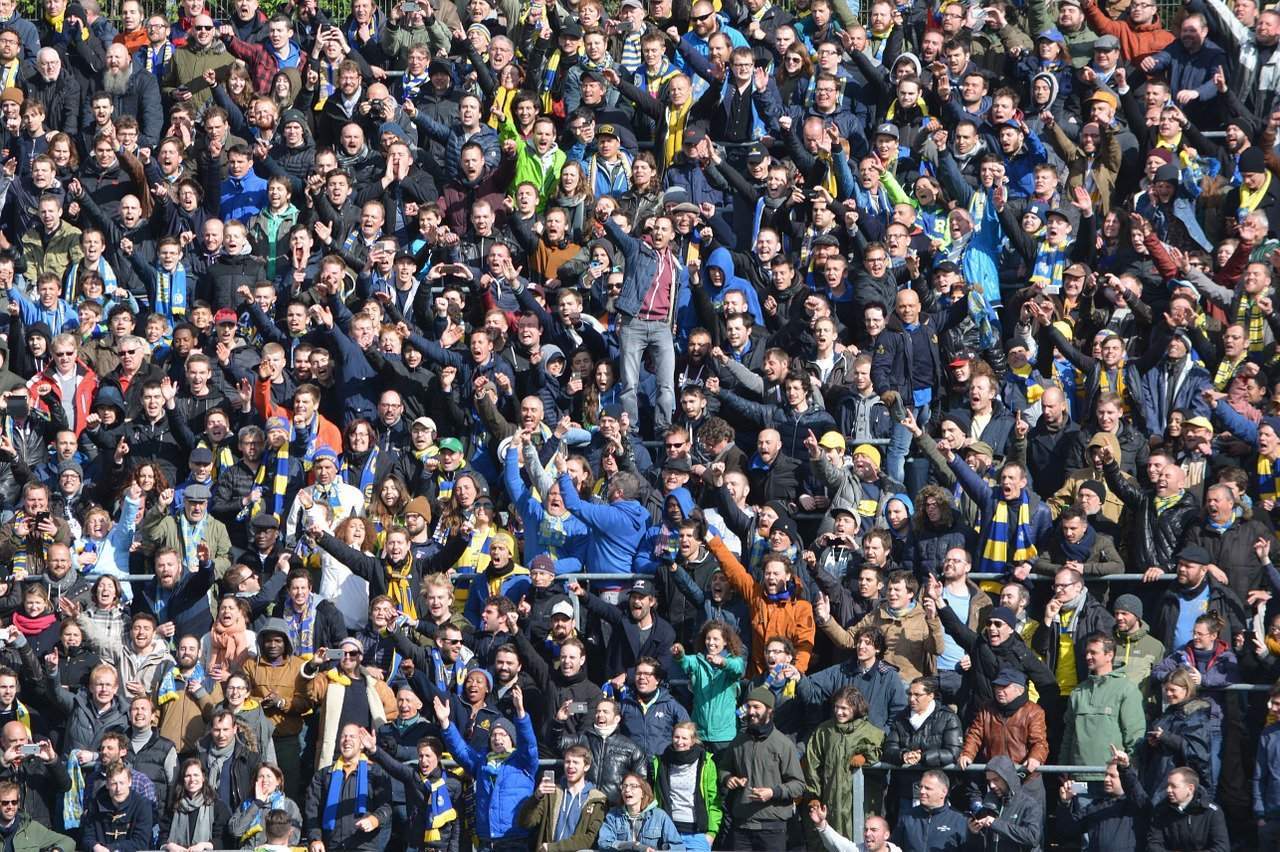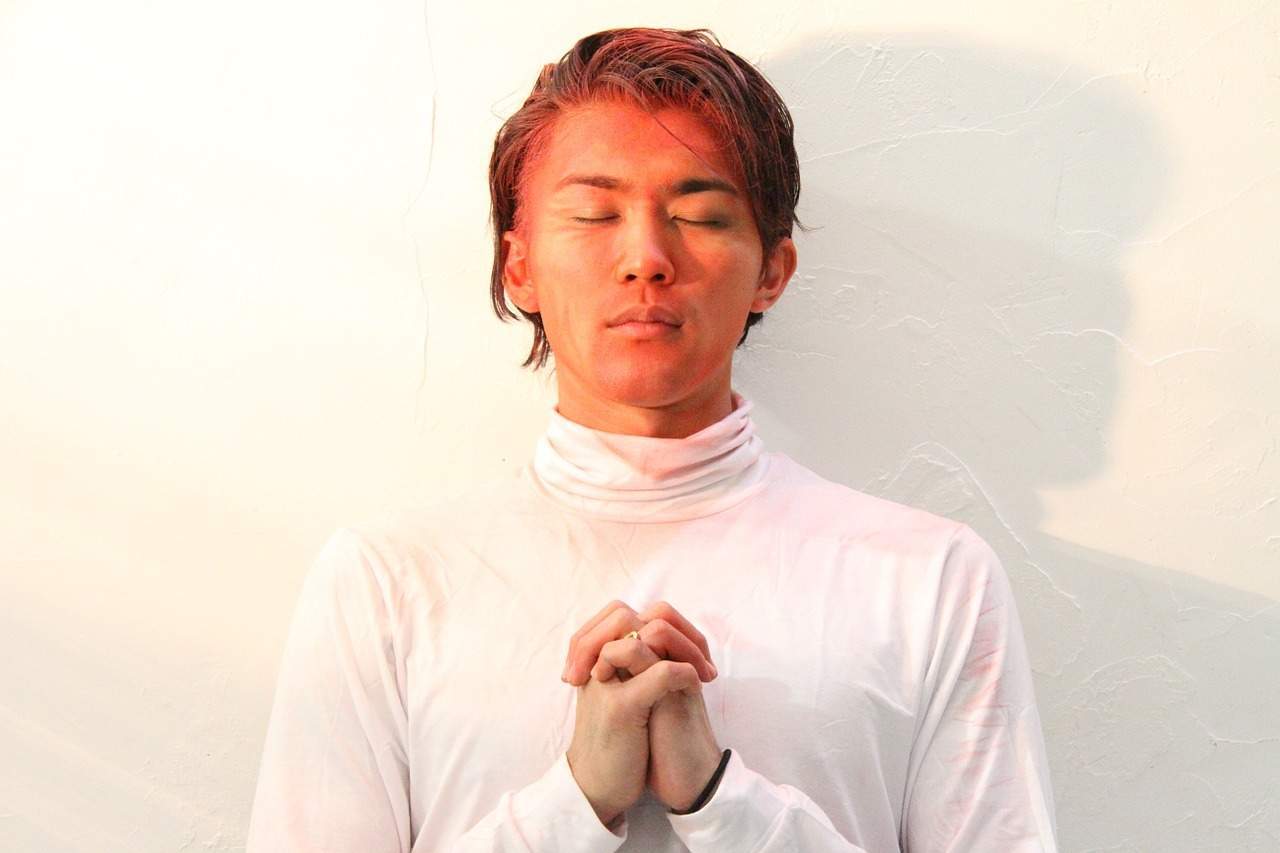Contents:
Medical Video: How To Draw A Crowd From Nowhere
It remains thick in the memory of how the demonstration and riots '98 ravaged the country after Soeharto announced he stepped down from the presidency. Or, how the riots between hostile taxi drivers and drivers of application-based transportation services that have occurred recently have caused roadblocks and not a large number of injured victims.
Whether it's a demonstration that leads to large-scale riots, or a crowd of people who are busy vigilante when they catch criminals battered, no one knows for sure what really triggers this destructive behavior. Is this a product of youth who merely want to claim their rights, or are only purely radicalism?
The audience and victims of the riots will not fail to draw personal conclusions to try to understand what is the reason behind the mass violence. Is there a rational scientific point of view to be able to understand what triggered the riots?
The attraction of the crowd
Crowd is something that always attracts attention. Just imagine, wherever you are, every time you see a large group of people joined in a crowd, you will definitely be interested in finding out what's going on, and joining into that part of the crowd. On the one hand, the crowd is seen as something unusual, something that is "contagious", even something that is frightening. But at the same time, the crowd was also seen with awe and full of charm.
Being part of a large group of people, whether at a soccer match or a rock concert, can be a unique experience. How many of us have unconsciously joined in clapping or cheering because people around us are doing the same thing, even though we don't know what really happened. The behavior of this strange collective group is studied in the social psychology field called 'crowd psychology'.
Theory 1: Crowd members tend not to be themselves
The most important of the behavior of the crowd, especially in the riots, is that this action occurs spontaneously and is basically unpredictable. According to this theory, when in a group, members become anonymous, easily influenced, tend to be obedient and / or turn a blind eye to what other members do in the group. They will also be like losing their identity, so that they unconsciously behave that is actually contrary to personal norms.
This is what makes many people sucked into the masses and follows all the ideas or emotions of the leader of the group, even if those emotions can be destructive. In a crowd, people only imitate what they see without thinking.
Theory 2: Crowd members put forward solidarity
The problem is that the basic ideas of the crowd's psychological theory are fairly obsolete and difficult to become a benchmark in modern times. Historical and psychological research shows that in groups and crowds, members are generally not anonymous with one another, do not lose their identity, or lose control of their behavior. Instead, they usually act as a group entity or social identity.
The crowd acts in a manner that reflects culture and society; formed on collective understanding, norms and values, as well as ideology and social structure. As a result, crowd events always have patterns that reveal how people see their position in society, as well as feeling right and wrong.
Contrary to the belief that the masses acted only blindly, the theory of Clifford Stott of the University of Liverpool, reported from Live Science, classifying the collective behavior of a crowd as an Elaborated Social Identity Model, which states that every individual in the crowd still holds personal values and norms, and still thinks of himself. Even so, above the identity of each individual, they also develop social emergency identities that include group interests.
EP Thompson, expert historian of the theory of crowd behavior, is quoted from The Guardian, argues that in a world where minority groups tend to be dominated, riots are a form of "collective bargaining". At least, according to the rioters, their problems have become the same problem for the majority, and therefore the majority party (police or government) has been charged with resolving their previously ignored problems.
Riots usually occur when one group has a sense of solidarity about how they are treated unfairly by other groups, and they see collective confrontation as the only way to make up for the situation. Indeed, in groups, people become empowered to create social movements to reverse normal social relations.
Theory 3: Crowds vs. others
In a crowd, people can act on a set of group understandings, but the actions of each person will be interpreted in different ways by people outside the group.
When people outside this group have more power to interpret the actions of the crowd (for example, demonstrators are seen by the police as a separate part of society, and bring danger to the social order) this can lead to actors involved in the crowd into a unimaginable situation. Moreover, the police were able to impose this understanding on the crowd through efforts to stop all activities of the demonstration in any way, given the superior technology and communication resources of the police.
Because of efforts to silence the action and because it is also considered an enemy of the community and potential danger, the demonstrators who originally carried out the peaceful action will also begin to work together to fight what he sees as oppression. Mass members feel threatened and react violently to preserve their groups. In addition, as a result of having had the same experience in the hands of the police, separate small groups now see themselves as part of a general group, but with more radical elements than the group, and basic motivations that may differ from the main group . Some are politically motivated, some want to take part in looting, while others just want to be involved in destructive behavior for no certain reason. So it's difficult to theorize about the same behavior, which is caused by very different impulses.
The extension of this group, together with the sense of solidarity expected and gained from among members in the group, leads to a sense of self-empowerment and the desire to challenge the police. This challenge is seen by the police as a confirmation action on their initial perceptions and, ultimately, causes them to increase control and power over the crowd. With this pattern, the severity of the riots will increase and continue.
Social and economic backgrounds also influence
Stott points out that crowd behavior in riots is only one symptom of a major underlying problem. Mass looting and arson during the 1998 monetary crisis, for example, showed public anger at economic imbalances or lack of fair opportunities for the people.
Simon Moore, researcher from the Violence & Society Research Group at Cardiff University, Wales, argues that there is a decisive factor that might unite all rioters, namely the perception that they come from low social, economic and political statuses. In the study he did, Moore found that low economic status (more financially unable than other people in the same area) and not real poverty (defined as the lack of ability to pay for the things you need) caused suffering . Along with suffering, low self-status in society also results in hostility. According to Moore, low status encourages stress, which is manifested in the form of aggression.
READ ALSO:
- What does the world of health say about the possessions of supernatural beings?
- Don't get me wrong, antisocial and ansos are different
- More about multiple personalities












